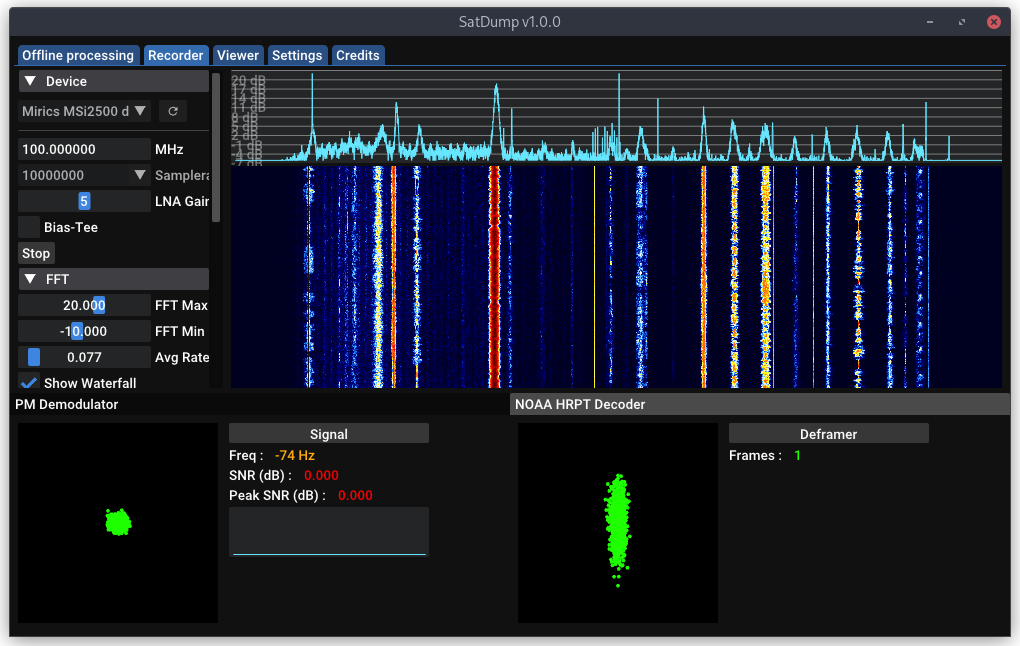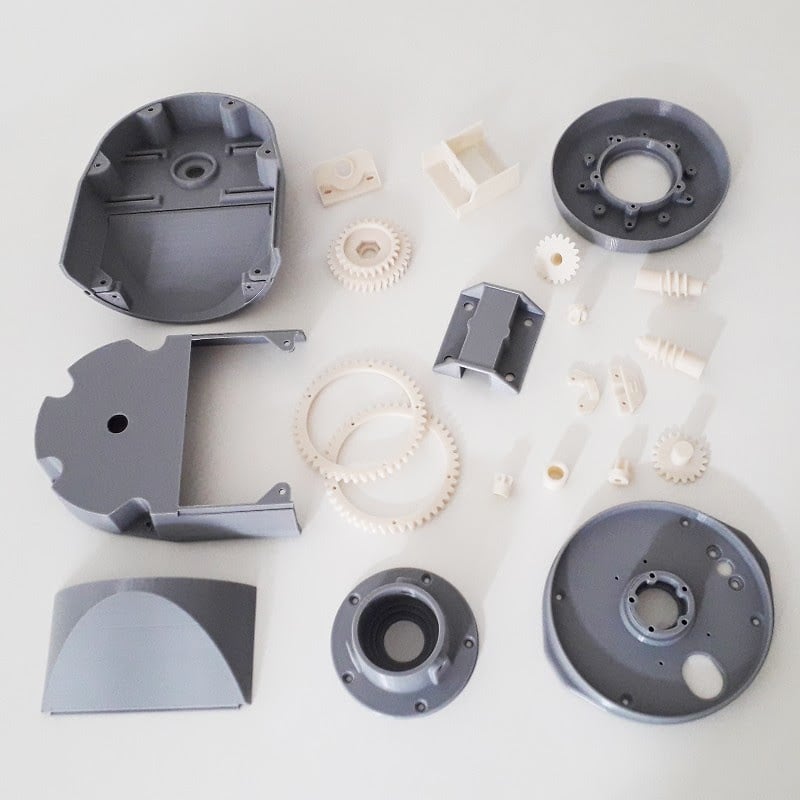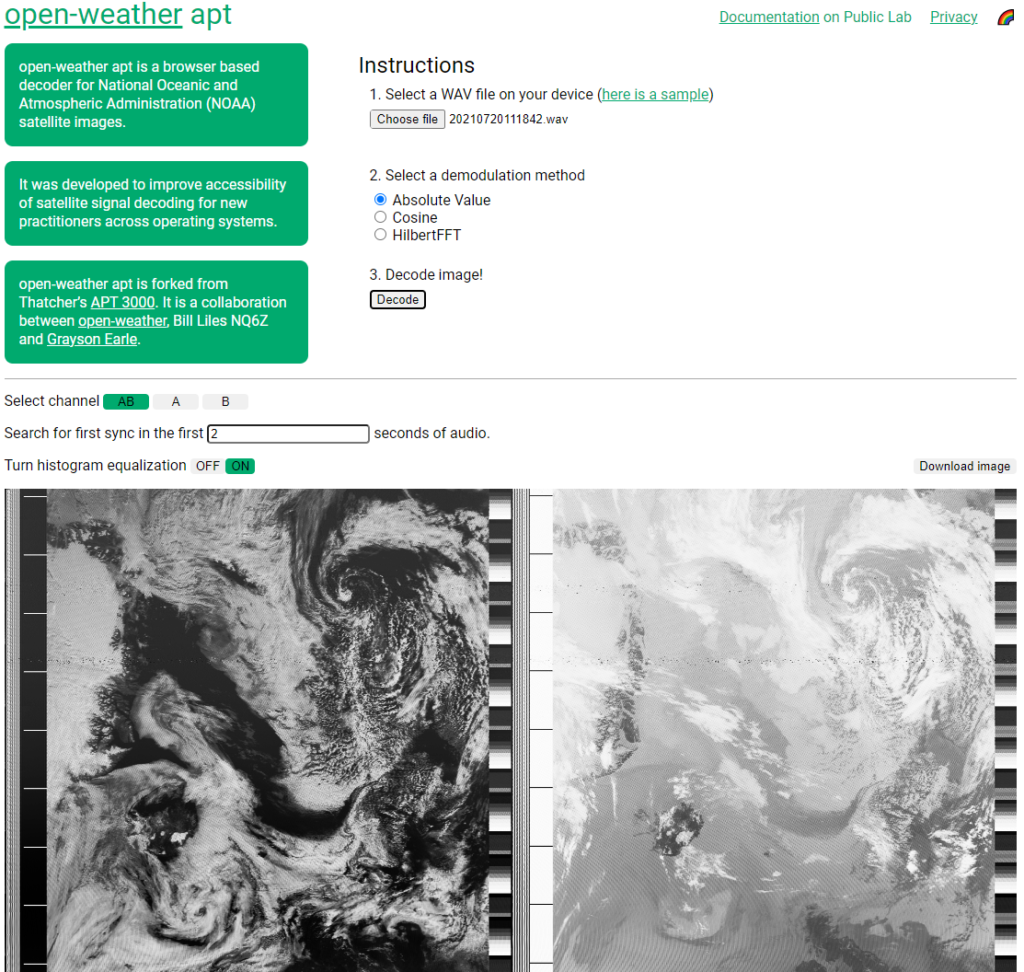The NOAA-15 Weather Satellite may be Failing (Again)
The NOAA APT weather satellites are popular because they fly over most places on earth frequently, and they are easy to receive images directly from with modest hardware such as an RTL-SDR and v-dipole antenna.
Three NOAA APT satellites currently operational include NOAA-15, NOAA-18 and NOAA-19. The satellites are however long past their rated mission age, with NOAA-15 being almost 25 years old now.
Unfortunately NOAA-15 appears to be having trouble with it's image scanning motor at the moment, and it is producing corrupted images. This problem has occurred in the past in 2018 and 2019, before fixing itself, so the hope is that it will fix itself again this time.
NOAA does not appear to have released any information about the outage yet on their General Satellite Messages page.
We also wanted to note the recent news that NOAA will be transitioning NOAA-15, 18 and 19 to a private company for on-orbit operations.
Scanner motor still stuck, or chattering, on venerable weather satellite NOAA-15. Here's how that looks for images pulled in this morning here in Vancouver. @JWagstaffe @MMadryga @50ShadesofVan @KMacTWN @ChuckDalldorf @bc_news_addict @jwhittalTWN pic.twitter.com/se7yB9SmUf
— Peter Vogel (@PeterVogel) October 20, 2022




